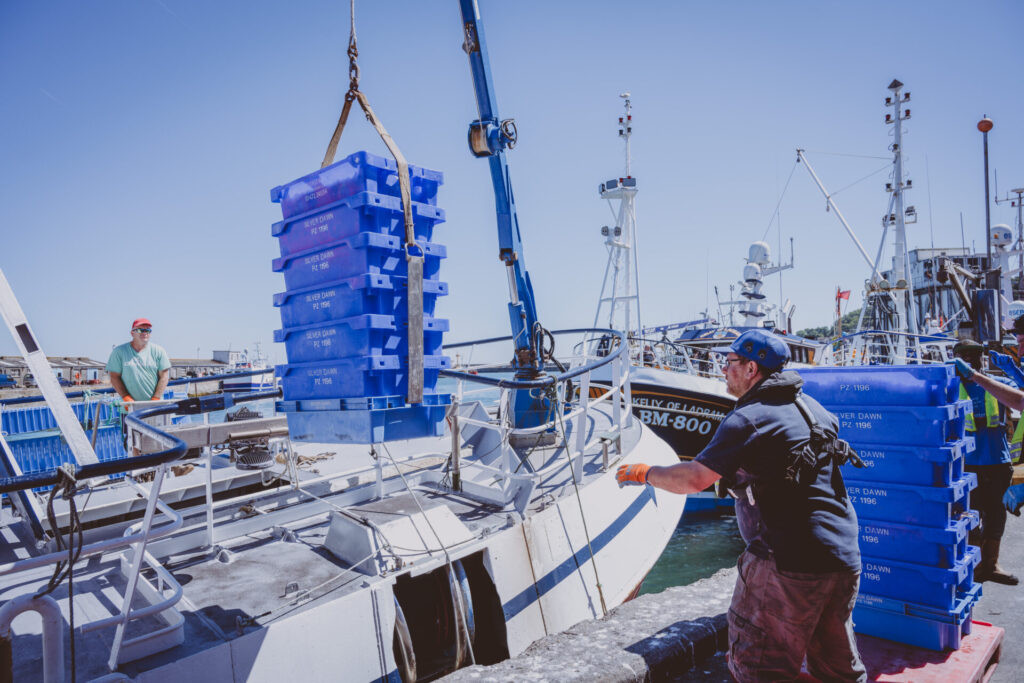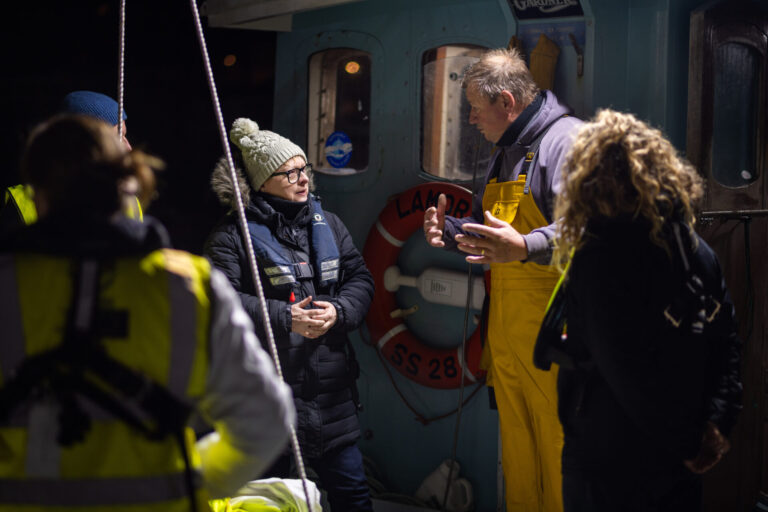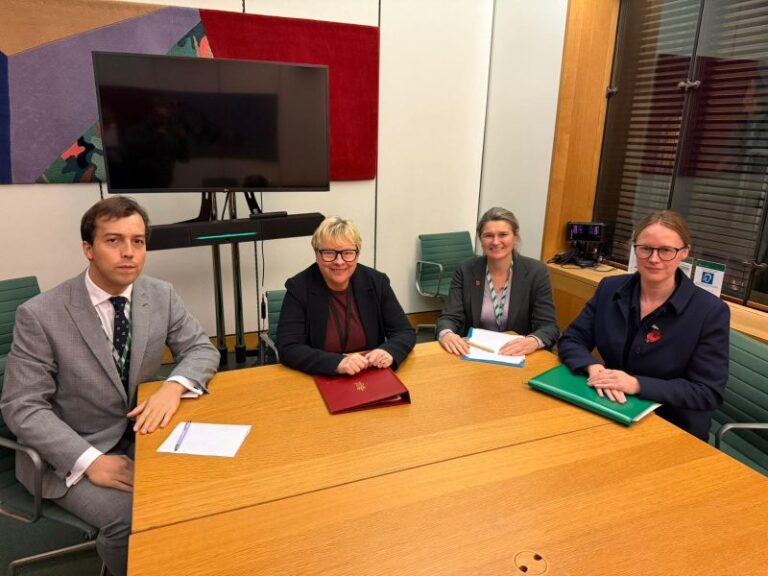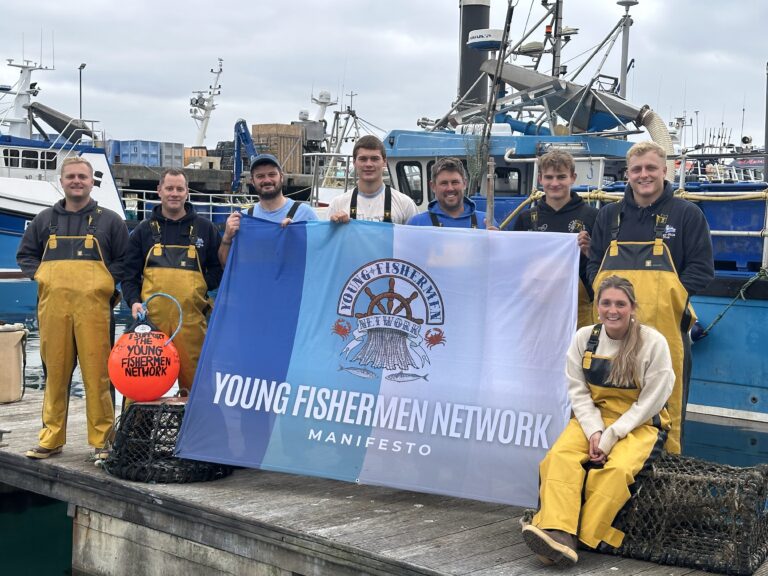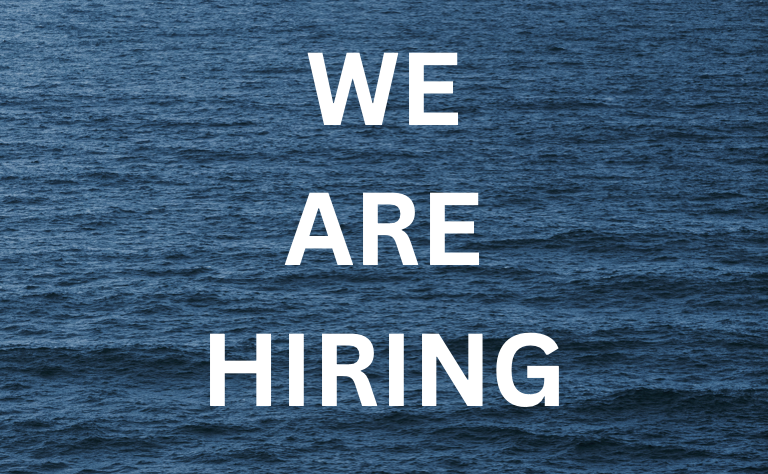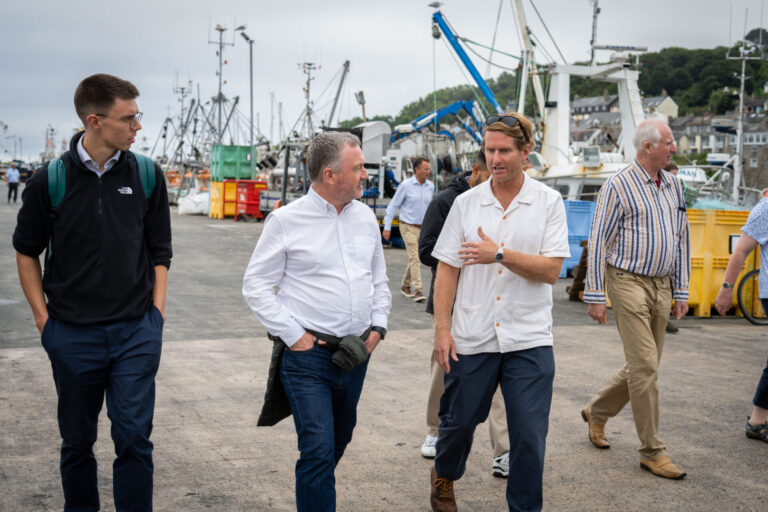A report from independent experts commissioned by the European Commission into the effectiveness of the EU landing obligation has been published recently.
It is well worth reading. Perhaps not surprisingly, it strongly echoes the concerns and criticisms made by the fishing industry almost a decade ago at the time the new legislation was adopted and implemented.
The landmark EU policy, which required fishing vessels henceforth to land all quota species, was introduced amidst great fanfare as part of the 2013 reform of the Common Fisheries Policy. The legislation followed a TV personality-led campaign, orchestrated in the UK.
The report concludes that the landing obligation has produced very little. There are variations across sea areas and sectors but overall, the report suggests that discard rates have changed little, if at all. Maybe a 2% reduction.
The report provides number of reasons for this expensive failure:
- The policy relies heavily on exemptions to make it function
- It creates economic incentives that run counter to the viability of fishing vessels
- The problem of chokes* in mixed fisheries has never been resolved
- There has been lack of compliance, not unrelated to bullet no. 2
- Inadequate monitoring
- The policy fails to address the complexity inherent in a top-down generalised approach
- The policies do not adequately recognise the different economic drivers for different types of discards.
Born out of the hubris of a European Commissioner who ignored her officials’ warnings, and the egotism of a personality led campaign, it is clear now that the landing obligation never reached take off speed before crashing under the weight its own contradictions.
It will take another decade (and another CFP reform) before the EU will disentangle itself from this particular albatross. It has invested too much kudos and credibility in the policy to walk away from it at this stage. Things have moved on elsewhere however, and the UK’s departure from the EU, and therefore the Common Fisheries Policy, affords an opportunity to do things differently in UK waters. Individual fisheries plans will be the mechanism through which, where appropriate, discards will be minimised as far as possible, but outside the encumbrance of the landing obligation.
Hindsight
Even to get the landing obligation to the starting blocks serious holes in the policy had to be created through multiple exemptions. The big discard numbers used by Hugh’s Fish Fight campaignto generate a moral panic were largely based on two species – dab and plaice. Some 70% of the estimated discards quoted were of these two species. The problem with dab was and is a weak market; and immature plaice are notoriously difficult to select out through gear adaptations because of the shape and bone structure of the species, without losing uneconomic levels of target species like sole. But the Commission could foresee the chaos ahead with these two species and dealt with them by the expedient of simply removing of dab as a quota species; multiple exemptions were then created for plaice based on the fact that they are a robust species with a high survival rate if returned to the sea. In fact, it is a lesson for those tempted make simplistic connections between conservation policy and discards policy that throughout this period of high discard rates the biomass of North Sea plaice reached and maintained levels not seen before in the historic record.
In addition to the role of exemptions, the report particularly highlights:
- A disconnect between the objectives of the landing obligation and the broader goals of the fisheries sector
- The challenges of implementation have been greatest in the mixed fisheries and small-scale fisheries sector
- High costs and economic losses have been an important obstacle to changing practices
- The rigid structure of the legislation does not always align with the diverse ecological and operational realities across different fisheries
Solutions
The new report’s solutions to the landing obligation’s failures are frankly unimaginative. In summary, a bigger stick (electronic monitoring and more enforcement) and where that doesn’t work, throw money at it. These are not much more than the customary responses to centralised top-down policies that are failing.
The report does however highlight that what was missing from the outset were foundations in good governance. A focus on outcomes, relevance, coherence, added value, complementarity and sustainability would have led to a very different EU discard policy. On the question of relevance, for example, some might have questioned the purpose of the landing obligation had it been appreciated that discards in the North Sea groundfish fishery had been reduced by 90% in the 20 years prior to the landing obligation. Across all fisheries in England there had been a 50% reduction in the previous 10 years. This was a problem that was being dealt with fishery by fishery but that momentum now seems to have been impeded by the landing obligation.
In many ways the important lessons had been learned before the landing obligation set sail – but were ignored. A regional dimension to fisheries policy began with the establishment of regional advisory councils in the 2003/4 CFP reform, and this was strengthened in the 2013 reform, when groups of regional seas member states were given some scope to develop fisheries policy. Decentralisation was under way. The landing obligation was a huge step backwards into centralised management that impeded this progress. Once the landing obligation took hold, policy formulation by regional seas groups of member states became utterly swamped by the need to generate discard management plans – which were in effect a list of de minimis and high survival exemptions necessary for fleets to function at all. To understand the centrality of exemptions for the landing obligation, it is only necessary to point to the fact that in 2023, STECF, the Commission’s quality control committee, approved 103 exemption applications, 81 of which related to de minimis exemptions.
Regulatory Autonomy and the Fisheries Act 2020
The UK/EU Trade and Cooperation Agreement and subsequent reset has been an almost complete failure in term of aligning the realities of access and quota shares with the legal status of the UK as an independent coastal state. The TCA did however establish regulatory autonomy. The UK, through the Fisheries Act, Fisheries Statement and individual fisheries management plans, has an opportunity to escape the clutch of the EU landing obligation, which to date has been kept on the UK statutes as EU retained law.
The Fisheries Act 2020 maintains a direct focus on discard reduction by making discard reduction one of its central objectives. The difference is that discard policy will not be subsumed under one blanket requirement but will be incorporated into tailored fisheries plans. There never has been a silver bullet available to make discards disappear; that was an illusion; but a focus on the specific drivers of discards in different fisheries and encouragement for the fishing industry (in collaboration with fisheries scientists and fisheries administrators) to take ownership of discard reduction initiatives, offers a path forward based on realism and an understanding of the particularities of each fishery.
Right Ways and Wrong Ways
The report is helpful in identifying the central weaknesses in the architecture of the landing obligation.
It recognises the centrality of cooperation between the fishing industry, fisheries scientists and fisheries administrators, is the key to a shift away from top-down policies that fail to deliver effective outcomes. Remote electronic monitoring is cited as an important way to address the difficulties of monitoring discard rates.
Our view is that remote electronic monitoring has an important role to play, as it has in many other industries across the economy; but it is important to understand that the cooperative context is everything. Big Brother surveillance will generate resistance, ill-will, corrupt data, and will the dilute cooperation necessary to make discard policy work. There are now plenty examples (including on CFPO vessels) where data enhancement using remote electronic monitoring has delivered a better understanding of the fishery works, especially detailed data on species and size compositions. This has all been achieved through voluntary involvement in participatory research in collaboration with fisheries scientists.
Summary
In all of this there are important lessons to be learned.
- The flaws in the new policy were spelt out by the fishing industry at the time when implementation of the landing obligation began – listening to the fishing industry should not be an optional add-on
- There are dangers in emotive, celebrity-driven policy changes based on a minimal or partial understanding of the issues involved – the current hysteria about bottom trawling is another recent example
- Top-down management through monolithic policies applied to multiple diverse fisheries will generally fail to deliver their objectives
- The involvement of the fishing industry in the design and implementation of new discard policy will be fundamental to its success
- The new technologies have an important role to play but not at the cost of abandoning good governance
*Chokes occur when a quota for a minor species in a mixed fishery are exhausted. The vessel may catch up to 25 different species but unless it can source additional quota for that species it will be acting illegally if it continues to fish and illegally if it discards the species
